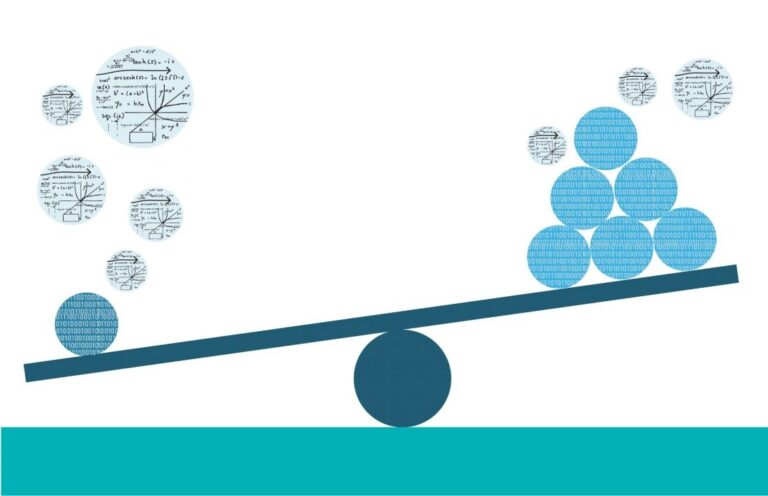The following are 10 countries or regions leading in the development and adoption of smart city technologies and solutions:
1. Singapore: Known as a global smart city leader, Singapore has made significant investments in technology infrastructure and initiatives like the Smart Nation Program.
2. United States: Several cities in the US, such as New York City, San Francisco, and Seattle, are pioneers in implementing smart city technologies and solutions to improve efficiency and sustainability.
3. South Korea: The South Korean government has heavily invested in building smart cities. The Songdo International Business District is a prime example of a technologically advanced urban area.
4. China: With the world’s largest urban population, China has been actively implementing smart city initiatives, especially in its major cities like Shanghai and Shenzhen.
5. United Arab Emirates: The UAE, particularly Dubai and Abu Dhabi, has prioritized the development of smart city technologies to enhance citizens’ quality of life and drive economic growth.
6. United Kingdom: Cities like London and Manchester are at the forefront of smart city innovation, focusing on areas such as transport, energy management, and urban planning.
7. Japan: Japanese cities, including Tokyo, Yokohama, and Osaka, have been early adopters of smart city technologies, utilizing IoT, AI, and data analytics for various urban services.
8. Sweden: Stockholm is considered one of the most advanced smart cities globally, leveraging technology to optimize energy consumption, transportation, and waste management.
9. Spain: Barcelona has established itself as a leading smart city, implementing numerous initiatives in areas like smart mobility, urban services, and citizen engagement.
10. Canada: Cities like Toronto and Vancouver are renowned for their smart city projects, emphasizing the integration of technology to improve sustainability, connectivity, and citizen-centric services.
It is important to note that the smart city landscape is continually evolving, and the leaders may vary depending on different perspectives and metrics used for evaluation.







+ There are no comments
Add yours